Not only is a vertical garden a unique and visually appealing way to grow plants, but it's also super beneficial for small living spaces like apartments or tiny houses. You don't need a big backyard to enjoy a garden anymore!
With a vertical garden, you can save precious floor space and still enjoy the benefits of having live plants in your home. Also, plants are proven to improve air quality and reduce stress levels - two things that can be especially helpful in a cramped living situation.
How You Can Start Your Own Vertical Garden
Choosing the Right Location | Types of Vertical Gardens | Green Walls | Trellises and Climbing Structures | Vertical Planters | Unconventional Gardens | Selecting the Right Plants | Building Your Vertical Garden | Maintaining Your Vertical Garden | Benefits of a Vertical Garden | Planter Recommendations
Choosing the Right Location

First things first, you'll need to determine how much sunlight your plants need. Do your research and make sure you're choosing plants that can thrive in the amount of sunlight available in your chosen location. If you are not blessed with a green thumb, fear not! There are plenty of low-maintenance plants out there that will do just fine with a little bit of sunlight.
Once you've figured out your plants' sun requirements, you'll need to find a location that can handle the weight of your garden. You don't want your precious plants crashing down and wreaking havoc on your living space! Look for a sturdy wall or structure that can support the weight of the plants and the planter. And if you're not sure, consult with a professional or a green-thumbed friend.
You could also try a creative route by setting up your vertical garden in unexpected locations - such as balconies! A balcony is a great spot for a vertical garden, and you can get really creative with the placement. You can hang planters on the walls, set up a trellis, or even create a living wall with modular panels. Remember to choose plants that can handle outdoor elements, like wind, rain, and direct sunlight.
Stairwells are another unexpected location that can be perfect for a vertical garden. If you have a staircase with a wall that gets a decent amount of light, it could be the perfect spot for a small garden. You can use hanging planters, wall-mounted planters, or even create a DIY trellis using materials like wood or wire. Not only will it add a pop of colour and life to an otherwise boring space, but it will also help purify the air as you go up and down the stairs.
And what about shower walls? Yes, you read that right - you can create a vertical garden in your shower! If you have a window or skylight in your bathroom that lets in natural light, you can set up a small garden in your shower by using hanging planters or wall-mounted planters. Just be sure to choose plants that can handle the humidity and occasional splashes of water. Not only will it make your shower feel like a spa retreat, but it will also help purify the air and add some much-needed greenery to a typically sterile space.
(back to top)
Types of Vertical Gardens
Green Walls

These are essentially living walls made up of plants that are grown vertically on a support system, such as metal frames or modular panels. Green walls can be used both indoors and outdoors, and they're a great way to add a pop of colour and life to an otherwise bland wall.
(back to top)
Trellises and Climbing Structures

These are perfect for plants that like to climb, such as ivy or jasmine. You can use a variety of materials for your trellis, from wood to wire to bamboo. And the best part? You can train your plants to grow in any direction you want, creating a living piece of art.
(back to top)
Vertical Planters

These are essentially planters that are mounted vertically on a wall, creating a unique and space-saving garden. You can use a variety of planters for this, from traditional pots to innovative options like felt pockets or recycled plastic bottles. If you would like to use ceramic planters, you can fix custom-made wooden frames on your wall to place your planters.
(back to top)
Unconventional Gardens

You don't have to follow what everybody is doing! You can create an unconventional vertical garden with items around your house. One great example is using shoe organizers. These typically have multiple pockets that are perfect for filling with soil and plants. You can hang them on a wall, over a door, or even on a fence, creating a unique and space-saving garden. Not only is this a great way to upcycle old shoe organizers, but it also allows you to grow a variety of plants in a small amount of space.
Another great option is using pipes to create a DIY pipe garden. All you need to do is attach pipes to a wall, fill them with soil, and add your plants. This is a great option for herbs and small plants, and it allows you to create a vertical garden in an unexpected location (maybe even create a hydroponic garden?!). Plus, it's a great way to repurpose old pipes that might otherwise end up in a landfill.
You could even create a succulent garden frame by using an old wooden photo frame and filling up the space with succulents. It would serve as your vertical garden, and as an interesting art piece.
Other unconventional materials that can be repurposed as a vertical garden include old drawers, pallets, and even old light fixtures. With a little creativity and some DIY know-how, you can turn just about anything into a unique and space-saving garden.
(back to top)
Selecting the Right Plants


Different plants have different needs, and it's important to choose ones that will thrive in a vertical garden environment.
Consider the type of plant you want to grow. Some plants are better suited for vertical gardens than others. For example, vining plants like ivy or climbing roses are perfect for trellises or climbing structures, while plants like philodendron heart leaf or wandering Jew plant work well in vertical planters.
Another important factor to consider is the size of the plants concerning the planter. You don't want to choose plants that are too big for the planter or that will grow too quickly and take over your entire vertical garden. It's important to choose plants that will fit comfortably in the planter and that won't outgrow their space too quickly.
You could also choose plants that serve a dual purpose. For example, herbs like basil, coriander, and rosemary not only add some greenery to your space but can also be used in cooking. Imagine being able to walk over to your vertical garden and pluck some fresh herbs for your dinner - talk about farm-to-table!
You also have the option of choosing plants that purify the air, such as snake plants or pothos. Not only do these plants look great in a vertical garden, but they also help to remove harmful toxins from the air. So not only are you adding some greenery to your space, but you're also making it healthier for you and your family.
(back to top)
Building Your Vertical Garden

First, you need to choose the location for your garden. Make sure it's a spot that gets enough sunlight for the plants you've chosen. Then, gather all the necessary tools and materials. You'll need a drill, screws, potting soil, the frame you have chosen, and of course, your plants.
Now, it's time to assemble your vertical garden. The first step is to attach your support structure to the wall. You can use a trellis, a lattice, or even some wooden pallets to create a frame for your garden. Old ladders, wooden frames, paint cans, and cloth shoe organizers can also act as interesting support structures. Make sure it's securely attached to the wall and can support the weight of the soil and plants.
Next, it's time to add your planters. You can use traditional pots, containers, or even repurposed materials like pipes, shoe organizers, or even old drawers. Just make sure they're secured to the frame and that there's enough space between them for your plants to grow.
Then, fill the planters with potting soil and add your plants. Make sure to choose plants that are well-suited for vertical gardens and fit comfortably in the planter of your choice.
(back to top)
Maintaining Your Vertical Garden

Now that you have set up your vertical garden, let's talk about maintaining it to keep it flourishing.
First, make sure to water your plants regularly. This may seem like a no-brainer, but it's easy to forget when the plants are all stacked vertically. You can use a watering can or a hose with a misting nozzle to make sure you don't over-water or under-water your plants.
Second, fertilise your plants. This will provide the necessary nutrients for your plants to grow strong and healthy. You can use an organic fertiliser or compost, but do be careful - too much fertiliser can do more harm than good.
Third, keep an eye out for pests. Yes, even in a vertical garden, pests can still find their way in. So, make sure to inspect your plants regularly and treat them accordingly. You can use natural remedies like a neem oil spray, or you can get creative and use a fly swatter as a pest control tool!
Finally, don't forget to trim and prune your plants. This will help keep them in check and prevent them from overgrowing or overshadowing other plants.
(back to top)
Benefits of a Vertical Garden

Your vertical garden comes with a few amazing benefits that you can enjoy!
Space Saving: Vertical gardens save space! If you're living in a small apartment or have limited outdoor space, a vertical garden is a game-changer. You can now enjoy the wonders of gardening without sacrificing your living area.
Health Benefits: Vertical gardens have some serious health benefits. Not only do they provide cleaner air, but they can also reduce stress levels and increase your overall well-being. So, the next time you're feeling a bit overwhelmed, take a deep breath and turn to your trusty vertical garden.
Eco-friendly: Sustainability is the name of the game. By building a vertical garden, you're reducing your carbon footprint and promoting eco-friendliness. You also get to grow your own fresh produce, which means fewer trips to the grocery store and less plastic packaging waste.
Interior Design: Let's not forget the aesthetic appeal of a vertical garden. Not only does it serve a practical purpose, but it can also add some serious style to your home. It's like bringing a little bit of the great outdoors inside. They can create a fresh and inviting atmosphere and can even be used to partition or divide a room into sections.
(back to top)
Planters recommended for Your Indoor Plant
Discover more planters for your Indoor Plant

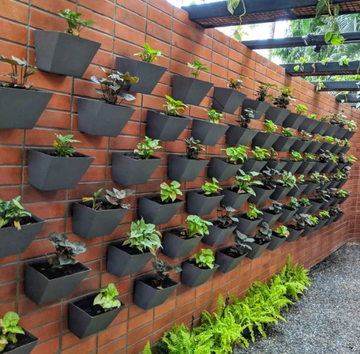
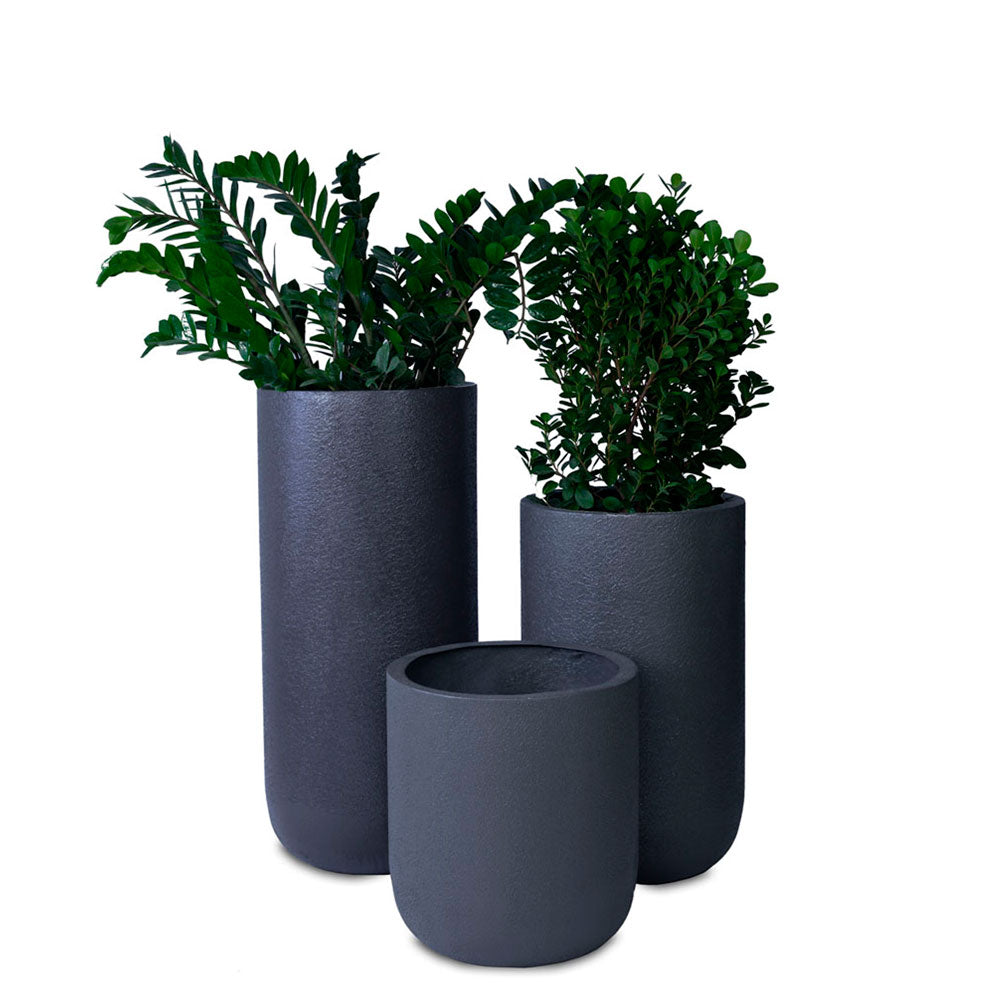
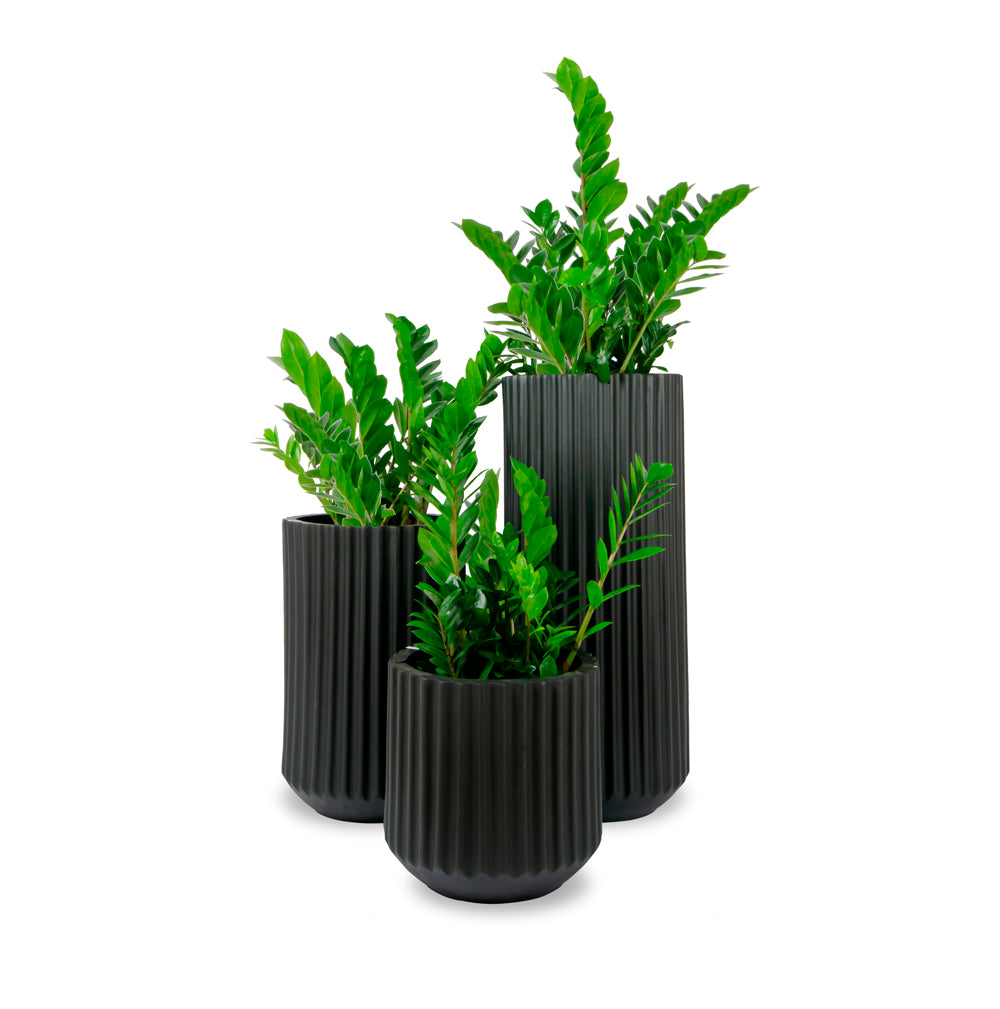
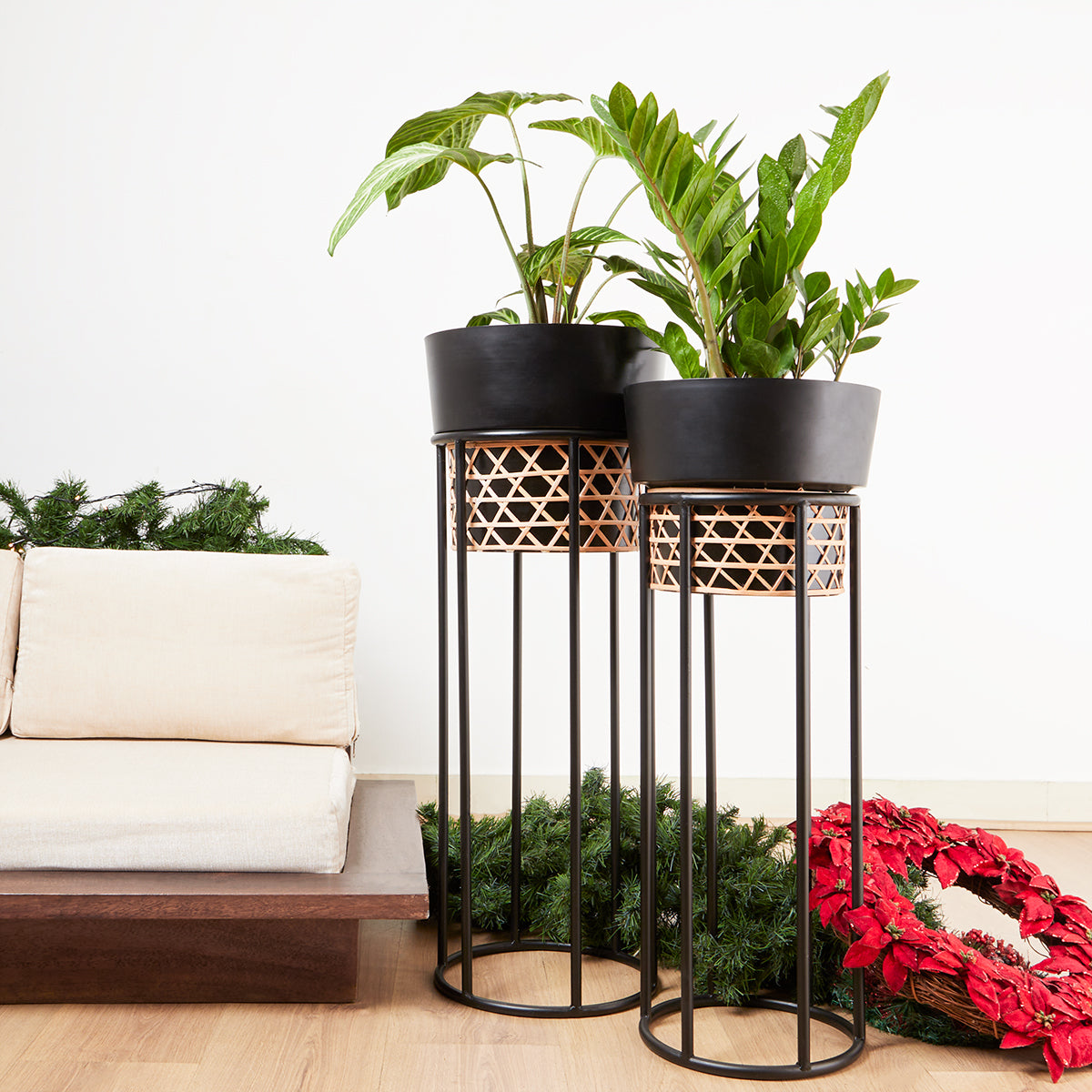
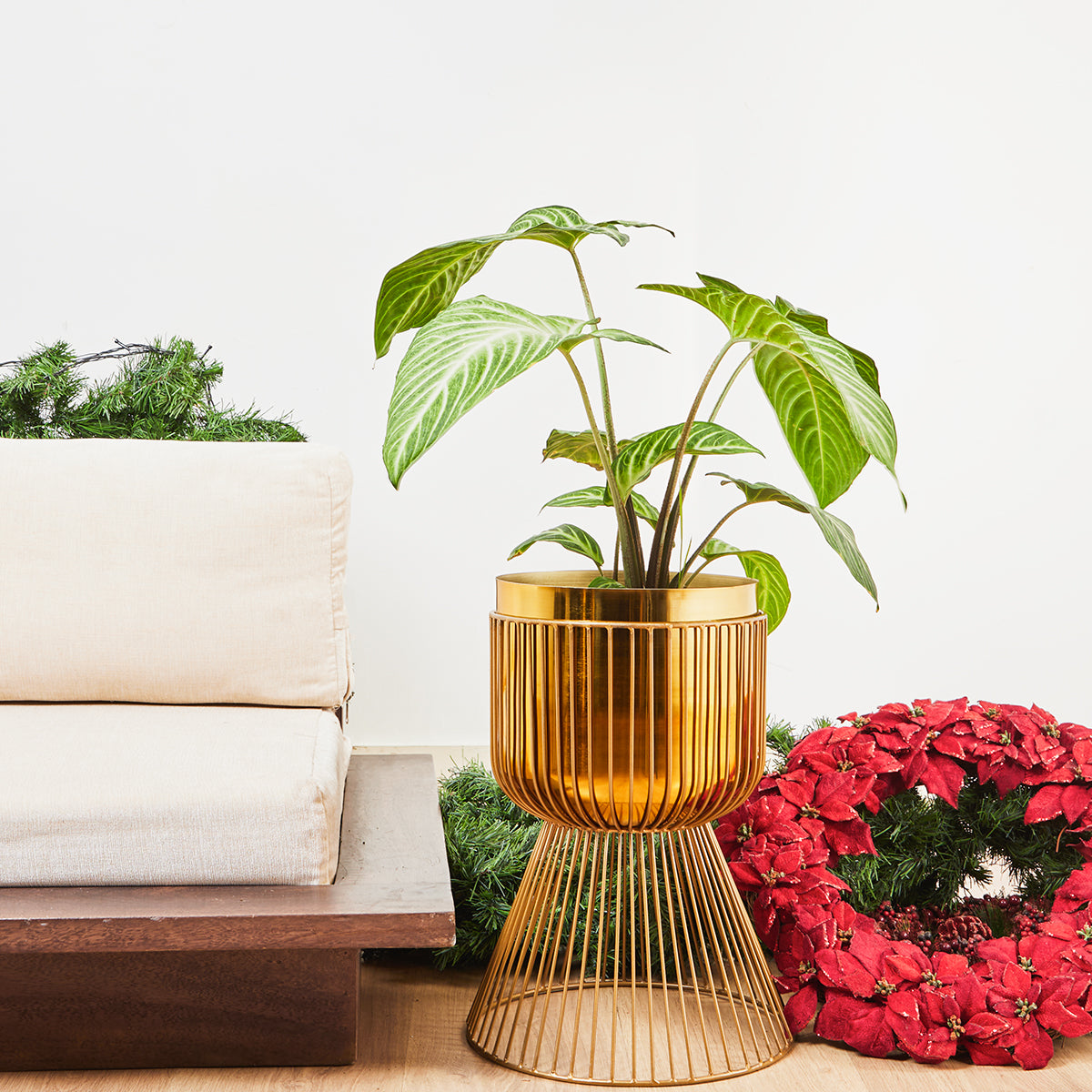
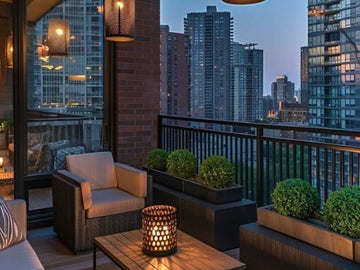
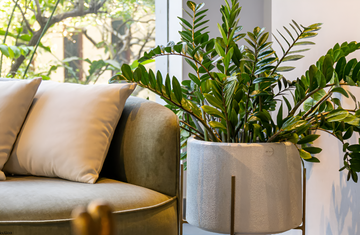


 At Palasa, we believe in the seamless fusion of nature, design and humanity.
At Palasa, we believe in the seamless fusion of nature, design and humanity.